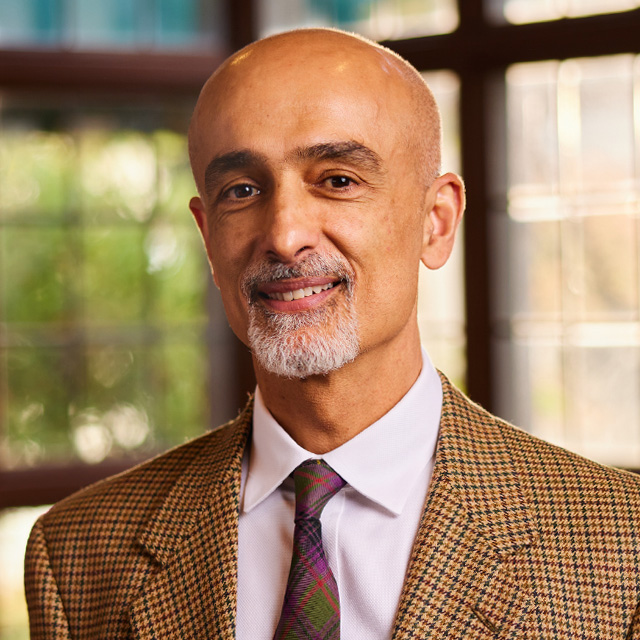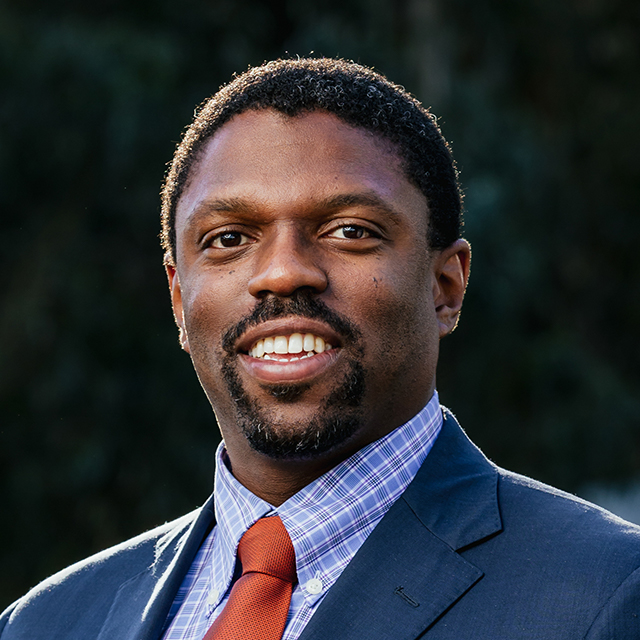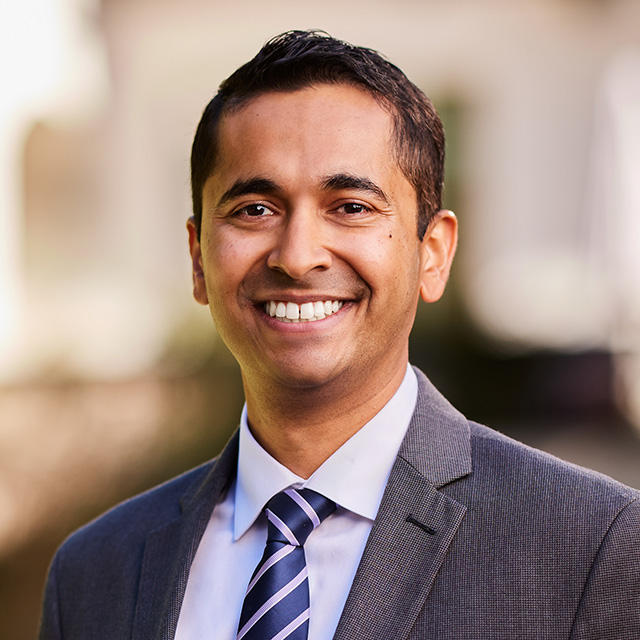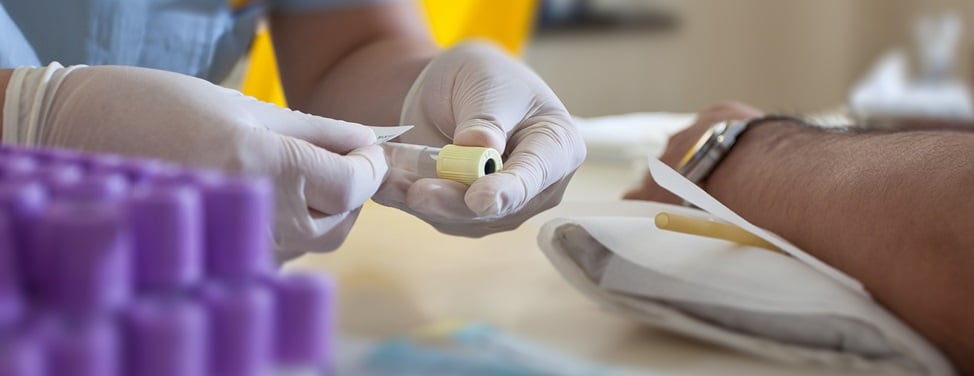Preparing for spinal fusion surgery
An assistant from our pediatric orthopedics team will contact you to schedule the spinal fusion operation. We'll also schedule a clinic appointment for your child within a month of the surgery date. During this appointment:
-
The orthopedic surgeon will go over the details of the operation and address your questions or concerns.
- The anesthesiologist will evaluate your child and explain to you how pain is managed during and after the operation. General anesthesia is required for spinal fusion surgery, meaning that your child will be completely asleep.
- X-rays will be taken if there are no recent images or if additional images are needed.
- We'll draw a blood sample from your child for analysis.
- A nurse will review the hospital admissions and discharge procedures with you.
Procedure for spinal fusion surgery
During spinal fusion surgery, the doctor makes an incision in the middle of the back. They move the muscles to get to the spine. Once they have access to the spine, they remove the joints between the vertebrae. Next, the doctor roughens up the vertebrae to help support new bone growth. This new bone will bridge the gaps and fuse the vertebrae together, forming a straighter spine. To keep the spine steady while the vertebrae fuse, metal implants are put in place. The entire procedure usually takes four to six hours.
Bone graft for spinal fusion surgery
A bone graft is done during the surgery to help the bones fuse. This involves taking bone from another part of the body, usually the hip, or from a donor, and placing it in the area of the spine that needs to be fused. Using your child's own bone can help the fusion process happen faster and reduce the risk of infection, but it requires additional surgery. Donor bone carries a small risk of infection, like hepatitis or HIV. Your child's orthopedic surgeon can discuss the benefits and risks of these options with you.
Risks of spinal fusion surgery
Every type of surgery carries risks. In spinal fusion, these risks may include:
-
Bleeding. During the operation, bleeding is controlled by cauterizing, or applying heat with a surgical tool, to stop the blood vessels from bleeding. We also use a device that helps return lost blood to your child's circulatory system at the end of the operation. If we anticipate high blood loss, we will have your child donate blood ahead of time that can be used for a transfusion.
- Infection. This is a risk in any operation where the skin is cut. We take precautions in the operating room to ensure a sterile procedure. Your child will be given antibiotics before and after the operation to minimize the chances of infection. In addition, the incision is washed with a pressurized system before it's closed.
- Nerve damage. During the procedure, we monitor the electrical activity of the nerves in the spinal cord, so the surgeon can take steps to avoid damaging them. Still, precautions can't always prevent nerve injuries, which can range from temporary numbness to paralysis. The risk of major injury is well below 1 percent, but it is not zero, so it's important to have an open and honest conversation with the orthopedic surgeon about the risks.
- Pseudarthrosis. Occasionally, the vertebrae don't fully fuse, a complication called pseudarthrosis. It occurs for up to 1 percent of children and can take several months or even a few years to become apparent. Your child may complain of persistent back pain, the scoliosis may progress after the operation or the implants may fatigue and break because of too much mobility in the spine. If pseudarthrosis occurs, additional surgery to replace the bone grafts and implants will be needed.
Recovery from spinal fusion surgery
A full recovery can take from six to 12 months. You child will need you to help them with physical and emotional support during this time.
Recovery at the hospital
Depending on their condition, your child will be in the hospital for anywhere between three and seven days. During that time, they will be monitored by members of the orthopedic surgery team, including the surgeon, a senior surgery resident, a registered nurse and a physician assistant.
For the first few days, they will have an epidural catheter in place delivering pain control medication, as well as a urinary catheter so they don't have to walk to the bathroom. Both are usually removed on the third day after surgery.
A physical therapist will help your child get up and moving as soon as possible. On the first day, the goal is to get your child out of bed and into a chair. On the second day, the goal is for them to walk out of their hospital room. By the third day, your child may walk as tolerated. On the fourth day, your child will be encouraged to begin climbing stairs.
Before discharge, spinal X-rays are taken to check for early problems with the implants or spinal alignment. A pediatric orthopedic nurse assists with discharge planning to help ensure all of your child's and family's needs are met before they leave the hospital.
Recovery at home
After the surgery, your child may need to return to their regular medications. They may also be prescribed antibiotics and pain medication. It's important to follow your doctor's instructions when giving your child any of these medications during their recovery.
Generally, during the first two weeks after the operation, your child shouldn't go to school or participate in organized activities. This is a time to rest and heal, both physically and emotionally. During this time, the dressing (bandage) on the incision area should stay dry and in place. This means no showers or baths — sponge bathing only — until the follow-up appointment. Unless the surgeon directed otherwise, you shouldn't disturb the bandage until that appointment.
At the follow-up appointment, the surgeon will inspect the incision site and change the dressing.
It can take almost a full year for the spine to fully heal and your child to safely resume all normal activities. It's important to take it slowly. Full recovery will depend on a number of factors, but this is a general timeline:
-
First six months. No strenuous physical activity is allowed. Activities are limited to those of daily living, meaning personal care, bending and walking. Don't let your child run or jump or lift anything heavier than a dinner plate.
- Six to eight months. At six months, your child will have a physical exam and X-rays. If all is well, more activities, such as swimming, are allowed.
- Eight to 10 months. Around eight months post-op, your child should be able to do what physical therapists call "closed kinetic chain exercises." These are exercises like push-ups or squats where the hands or feet stay planted while the body moves.
- Ten to 12 months. For most kids, running, jumping and solo sports become safe during this period.
- Twelve months. Around one year after the surgery, your child sees the surgeon for a checkup and X-rays. If all is well, you can lift all restrictions on your child's activities.



































